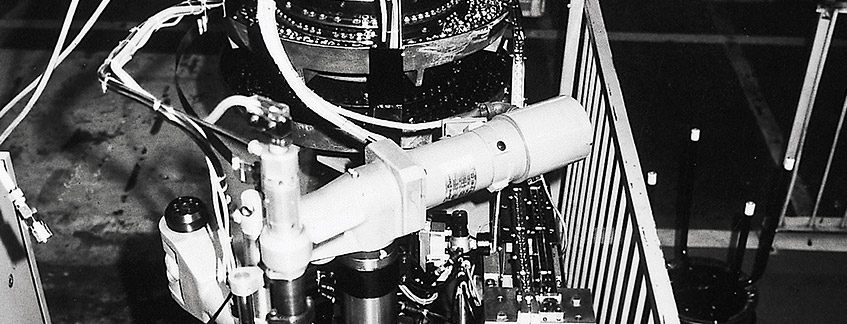As production models grew more diversified, Yamaha developed industrial robots at an early stage and worked to make them practically viable for use within the company. Research continued to advance and, in July 1976, Yamaha began commercial sales outside the company. The first product it sold was the Yamaha arc-welding robot, a versatile general-purpose, automated arc-welder.
The robot was capable of reproducing the techniques and speed of skilled arc welders, and compared to conventional manual labor, it could perform tasks twice as fast.
One of Yamaha's proudest manufacturing innovations is the Yamaha Rapid Plating System (YRPS), a low-pollution, high-speed chrome-plating method. Having progressed in research in this field since around 1975, the company succeeded in developing a new type of plating fluid, as well as a way to eliminate pollution by recycling the fluid and industrial water. The YRPS plating system was completed through the process of resolving various issues, such as making the system compact so that it could be installed on production lines.

Automating manual processes and reducing labor had become indispensable to motorcycle production, and the company had already been robustly promoting research and development on industrial robots since 1974. By 1976, Yamaha had independently developed an orthogonal engine-assembly robot and put it to active use, as it steadily accumulated industrial robotic technologies and expertise. One notable result of these efforts was the in-house development of a horizontal multi-jointed (SCARA) assembly robot that Yamaha called CAME, for Computer Aided Manufacturing Equipment. The first of these robots was introduced on a motorcycle assembly line in October 1979, delivering substantial benefits in terms of efficiency and labor reduction.
A further evolved version of CAME was first sold commercially by Yamaha in September 1983. The series simplified mass production and delivered twice the speed and work precision of other similar robots on the market. Its many features included configuration flexibility and a compact design that made it easy to incorporate into production lines.
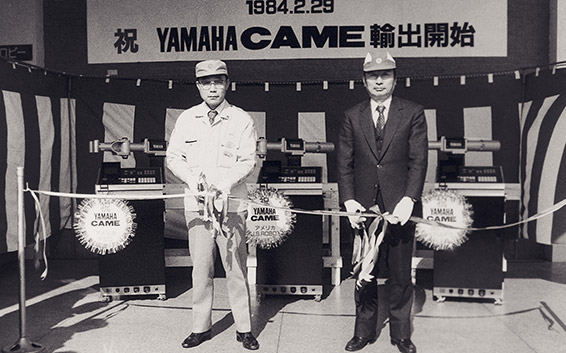
Over time, Yamaha extended its business overseas as well, receiving orders in 1984 from four companies: US-based US Robotics and FEC, the German firm Manfred Kraft, and Cronomaster of Italy. Other orders soon followed, from Spain's Lautronics SL and Italy's Olivetti, as Yamaha's new industrial robot business rapidly expanded.
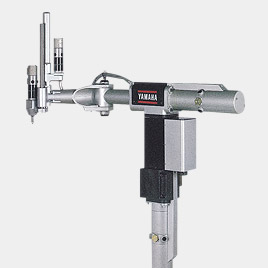
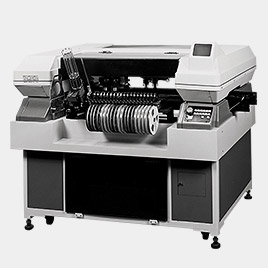
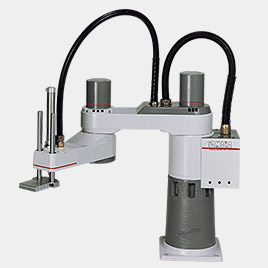
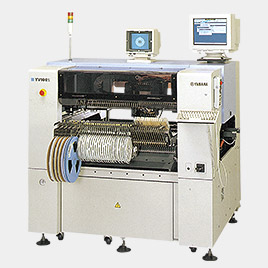
.










